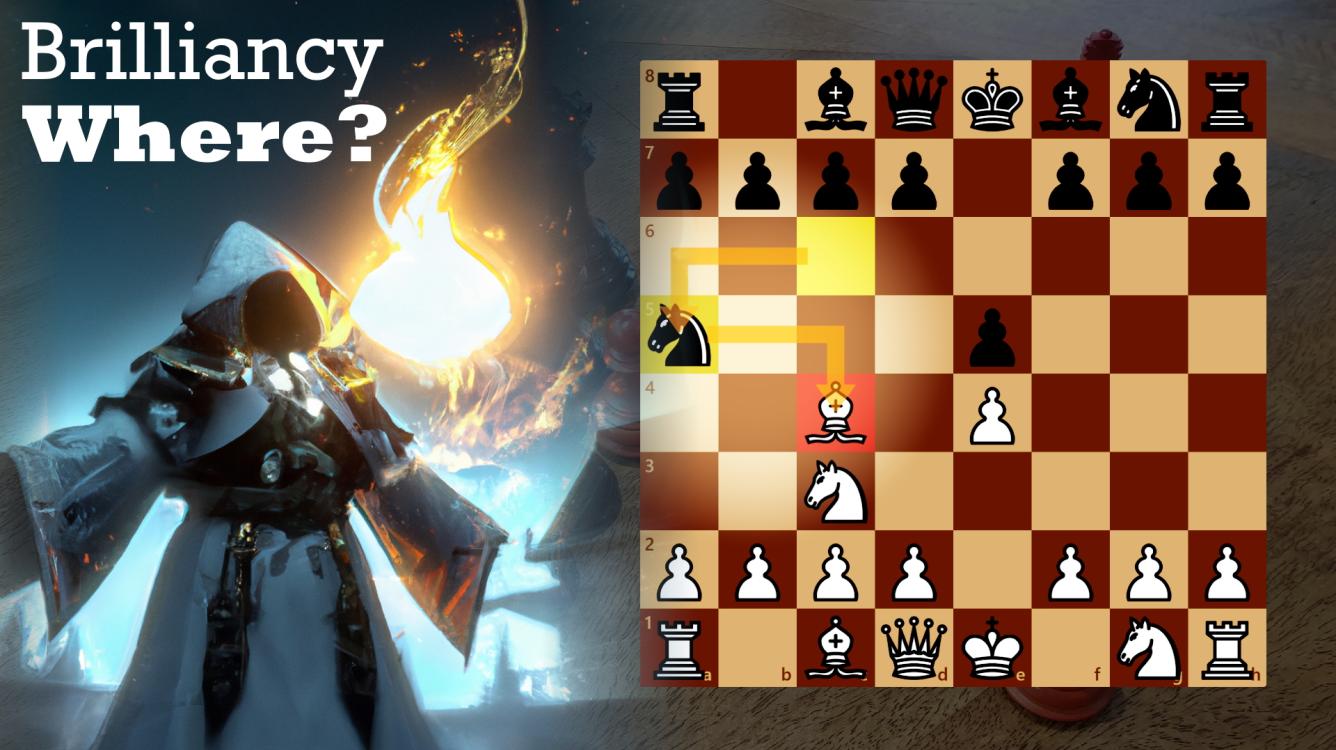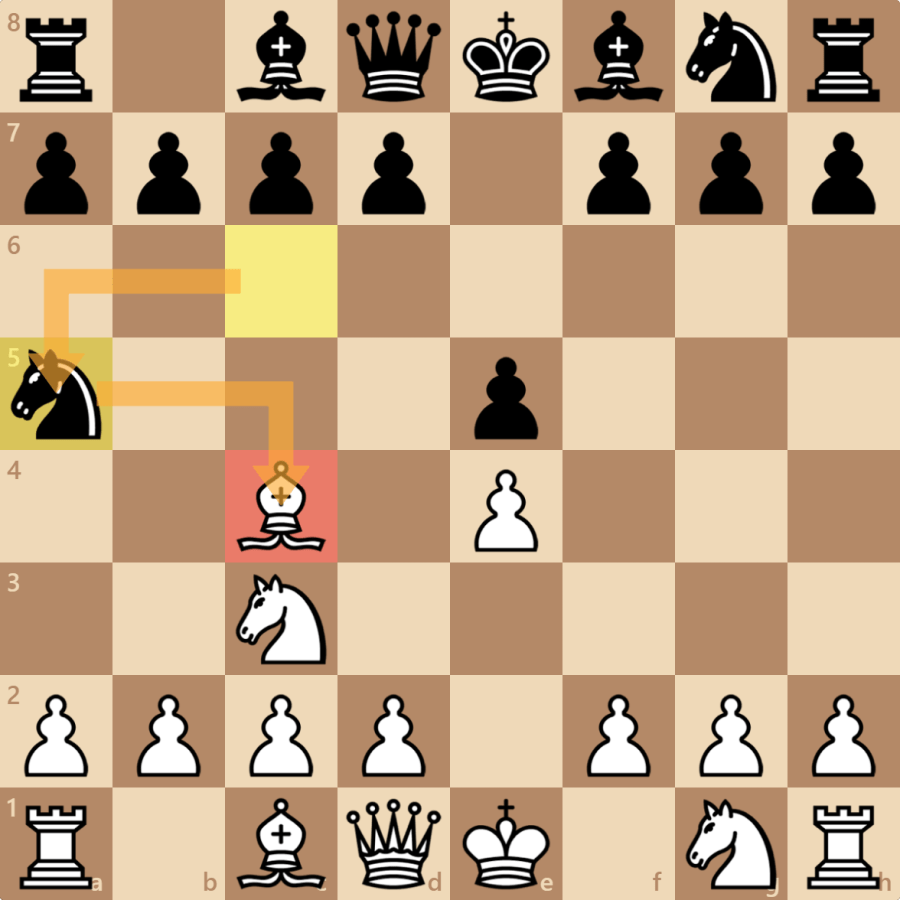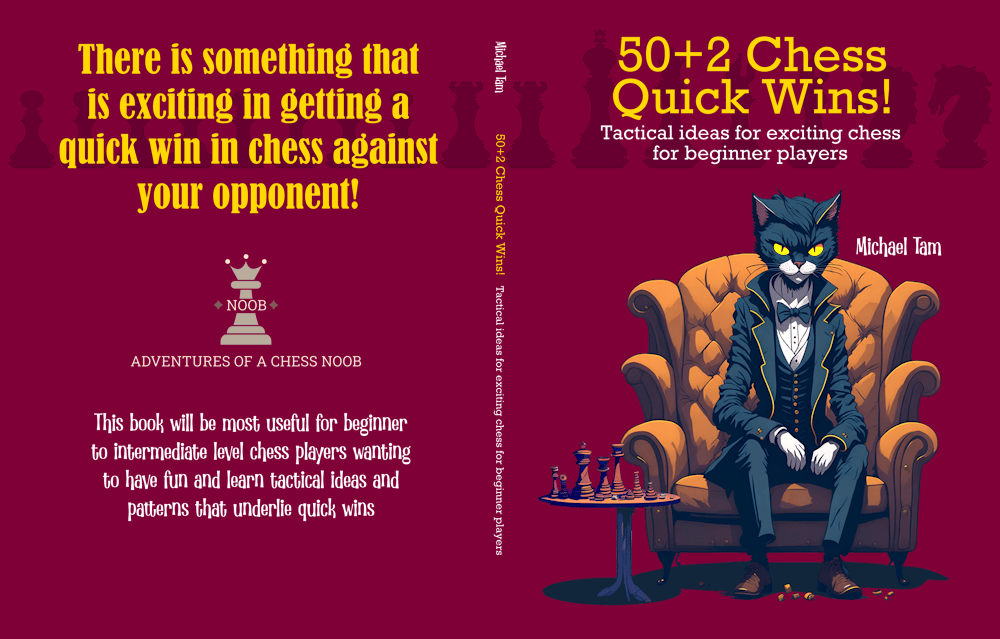
BRILLIANT line in the Vienna Game against the Max Lange Defense!
#ViennaGame #brilliancy
Recently I had a game of the Vienna Game where my opponent with the Black pieces went down an interesting and unusually aggressive line in the Max Lange Defense (1. e4 e5 2. Nc3 Nc6). I developed my bishop normally (3. Bc4) and Black immediately attacked the bishop (3... Na5).

I had never come across this move before despite having played hundreds of games of the Vienna. The Lichess community database of lower rated blitz and rapid games suggested that this line was rare - occurring about 0.6% of the time after the bishop move. Clearly, this knight move is provocative as it forces White to move the bishop a second time. But where?
I considered Bb3, keeping the bishop on the diagonal and inviting Black to capture and then allowing me to capture back with the a-pawn, opening the a-file for my rook. I considered pushing forward to Bb5 or Bd5, but it seemed that this would just result in being chased by pawn pushes so Black would gain tempo and development. I considered bringing the bishop all the way back to Be2, but this seemed like a terribly passive move.
In my mind, I had a sense that the opponent's move of their knight to the edge of the board MUST be bad. I eventually found the move, which interestingly chess.com analysis calls a brilliant move! A bishop sacrifice on f7 (4. Bxf7+)! I was chuffed that I found the move in game and interestingly, the longer Stockfish 15 NNUE looks at the move, the better it thinks it is! At low depth, it gives only a slight advantage to White [+0.3] but at depth 42 (which is when I stopped the engine), it had improved to an evaluation of [+1.62].

Fundamentally, this moves takes advantage of two tactical resources. Firstly, the knight's move to the edge of the board relinquished its defence of Black's e5 pawn. Secondly, Black's prioritising attack before development means that Black has limited defence against an attack against its king.
After the black king is forced to capture the bishop, it is exposed to an attack by the queen along the light square diagonal (4... Kxf7 5. Qh5+). This then naturally chains a follow up capture of the e5 pawn, with a fork of the Black rook and knight.
At this point, White is in a very winning position irrespective of the engine's evaluation. Black's king-side is in shambles. The king is exposed and has lost the right to castle. White is up on material.
I didn't necessarily play well for the rest of the game but managed to mostly keep the advantage. The general strategy was to trade pieces into the endgame. Use the pawn majority to force a concession in either material or position. And then eventually, deflecting the Black king so that one of my passed pawns had an unstoppable path to promotion. GG!
Game on chess.com: https://www.chess.com/game/live/62141373259



